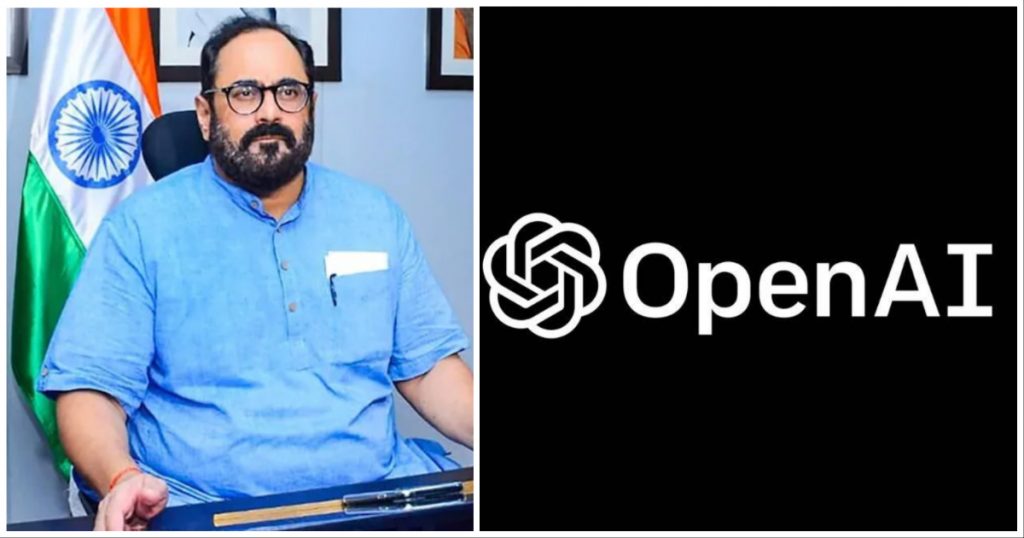There’s a gold rush of AI models at the moment — companies like OpenAI and Google are launching their own proprietary models, open-source projects are releasing their own competing models, and thousands of startups and companies are fine-tuning these models on their own datasets. Amidst all this, the Indian government too has thrown its hat into the AI ring.
The Indian government has released a version of OpenAI’s Whisper model which is fine-tuned on a Hindi dataset. The model is named “whisper-hindi-large-v2”, and will help perform automatic speech recognition for Hindi. Whisper is a pre-trained model for automatic speech recognition and speech translation for English released by OpenAI, the company behind ChatGPT.

“This model is a fine-tuned version of openai/whisper-large-v2 on the Hindi data available from multiple publicly available ASR corpuses. It has been fine-tuned as a part of the Whisper fine-tuning sprint,” the description of the model says. “This work was done at Speech Lab, IITM. The compute resources for this work were funded by “Bhashini: National Language translation Mission” project of the Ministry of Electronics and Information Technology (MeitY), Government of India,” it adds. The model is shared on HuggingFace, which is a repository to store and share open-source AI models.
Automatic speech to text recognition models convert speech into text, and are useful for a variety of purposes, such as providing captions and subtitles for videos. Such models can make millions of hours of videos available as text, making them immediately searchable and useful for finding out information. While OpenAI’s Whisper model was for English text, the new model funded by the Indian government will help turn Hindi audio into text as well.
This isn’t the only initiative the Indian government has taken to make sure advances in AI reach India’s many languages. Bhashini, the same team that is behind this model, is also building a WhatsApp-based chatbot that relies on information generated by ChatGPT to return appropriate responses to queries on government schemes. The bot will be able to respond to voice queries, and provide appropriate answers. The chatbot will be available in more than 12 languages, including English, Hindi, Bengali, Assamese, Odia, Marathi, Kannada, Telugu and Tamil.
The Indian government’s approach to dealing with AI is in stark contrast to those adopted by some European nations — Italy has already banned ChatGPT over privacy concerns, and Germany has said that it is also considering a ban on the model. India, on the other hand, is not only embracing these advances, but also using government funding to adapt them for Indian languages and contexts. It’s already abundantly clear that AI will radically transform the world in the coming decades, and India’s progressive approach will stand the country in good stead as it looks to navigate the changes that are fast appearing on the horizon.